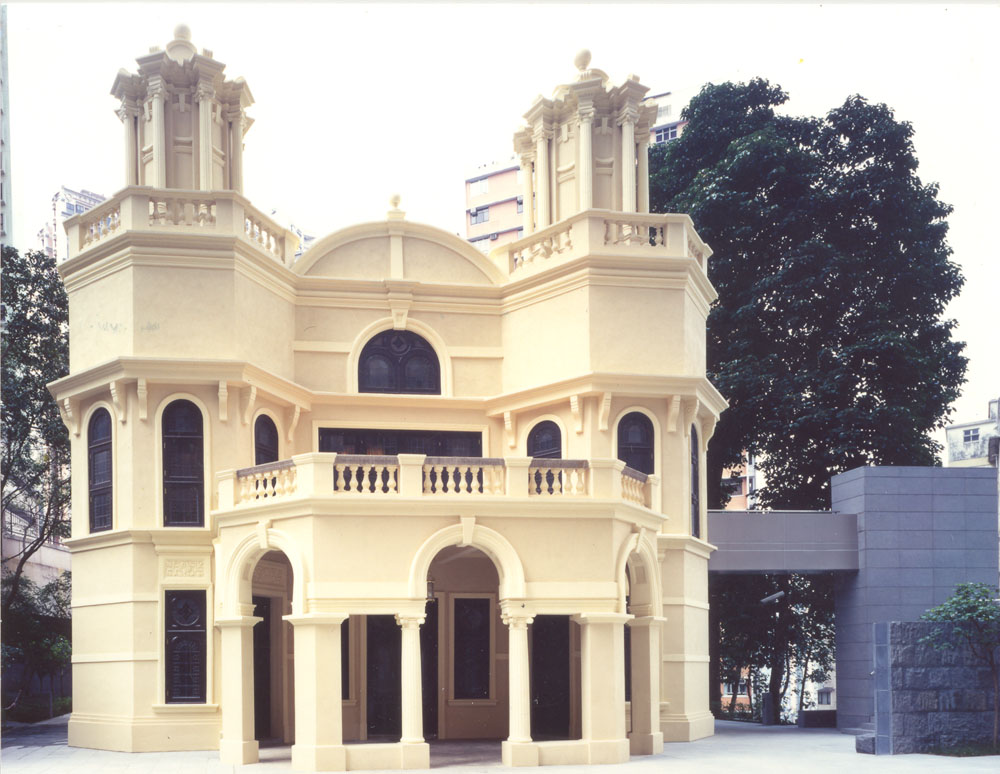Béthanie Campus, The Hong Kong Academy for Performing Arts (The Béthanie)
The Béthanie was built in 1875 by the French Society of Foreign Missions as their first sanatorium in East Asia, where missionaries infected with tropical diseases could convalesce before returning to their work. From 1875 until its closure in 1974, the Béthanie received around 6000 missionaries and served as an important base for the missionary work of the French Catholic church in East Asia. The Béthanie was later taken over by the Government and leased to The University of Hong Kong from 1978 to 1997. In 2002, the Government leased The Béthanie to The Hong Kong Academy for Performing Arts as its second campus. The Béthanie Campus received an Honourable Mention in the 2008 UNESCO Asia-Pacific Awards for Cultural Heritage Conservation.
Photo AlbumMonument Information and Virtual Tour Video 1: Béthanie: Heritage RemasteredVideo 2: Public Lecture: “Exploring the Historical Background and Architectural Design of The Béthanie”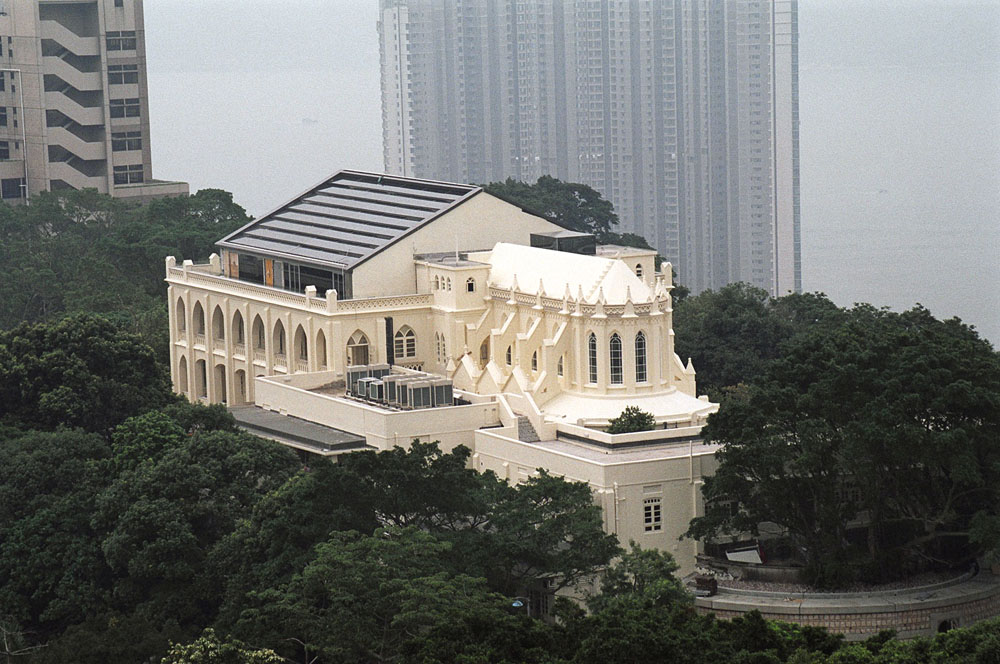
Christ the King Chapel (St. Paul’s Convent)
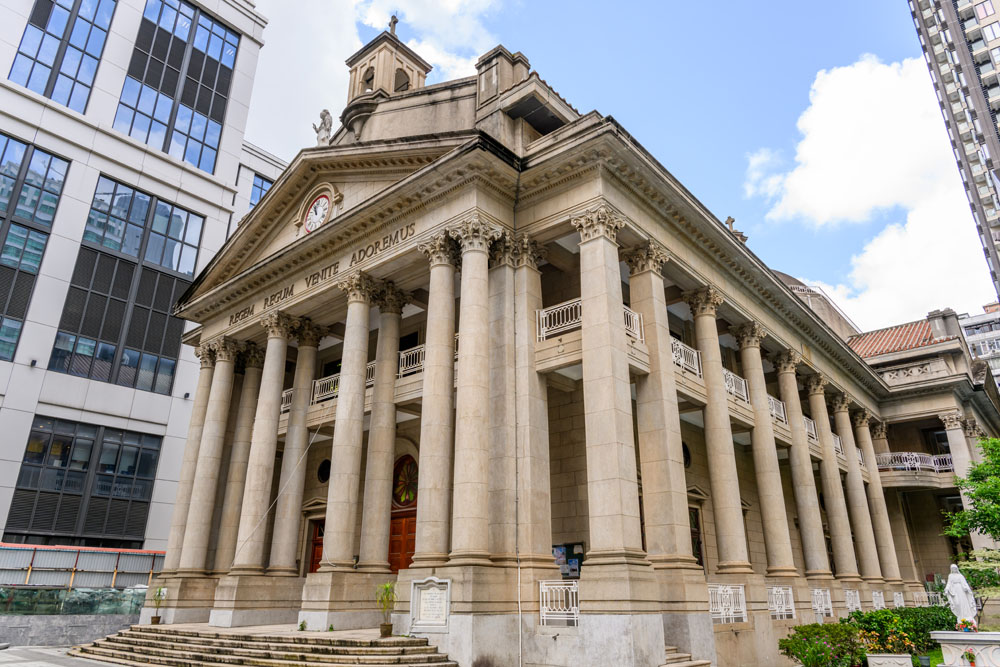
Christ the King Chapel was built in 1928 by the Sisters of St. Paul de Chartres, which was originated from France and its history in Hong Kong can be traced back to 1848. Since their arrival in Hong Kong, the Sisters have provided a wide range of services to the local community, covering education and medical services as well as care services for orphans and people with disabilities. In the early days, the Chapel was for the private use of the Sisters and not open to the public. During the Japanese Occupation, the Chapel was used as a hospital where injured people were sheltered in the care of the Sisters. Since 1973, the Chapel has been officially used by St. Margaret's Church in Happy Valley for Mass and other ceremonial activities (except weddings). The convent area, where the Chapel located, comprises a school, a hospital and a convent.
Photo AlbumAttraction Highlights Historic Building InformationFirst Church of Christ, Scientist, Hong Kong
The Hong Kong Branch of the First Church of Christ, Scientist, originated from Boston in United States, was formed in 1905. It began holding worshipping gatherings in a small meeting house in Zetland Street in Central. The Church later acquired the site at No. 31 MacDonnell Road in 1910 and built the permanent church premises in 1912 with donations from church members. The Church was looted, and books and records were destroyed during the Japanese Occupation. After the Occupation, the Church was renovated and then resumed services. In 1956, a two-storey annex was constructed to cope with the growth of its services. A few major renovation works were later carried out at the Church building. The Church building at MacDonnell Road is the only church of the First Church of Christ, Scientist in Hong Kong.
Photo AlbumHistoric Building Information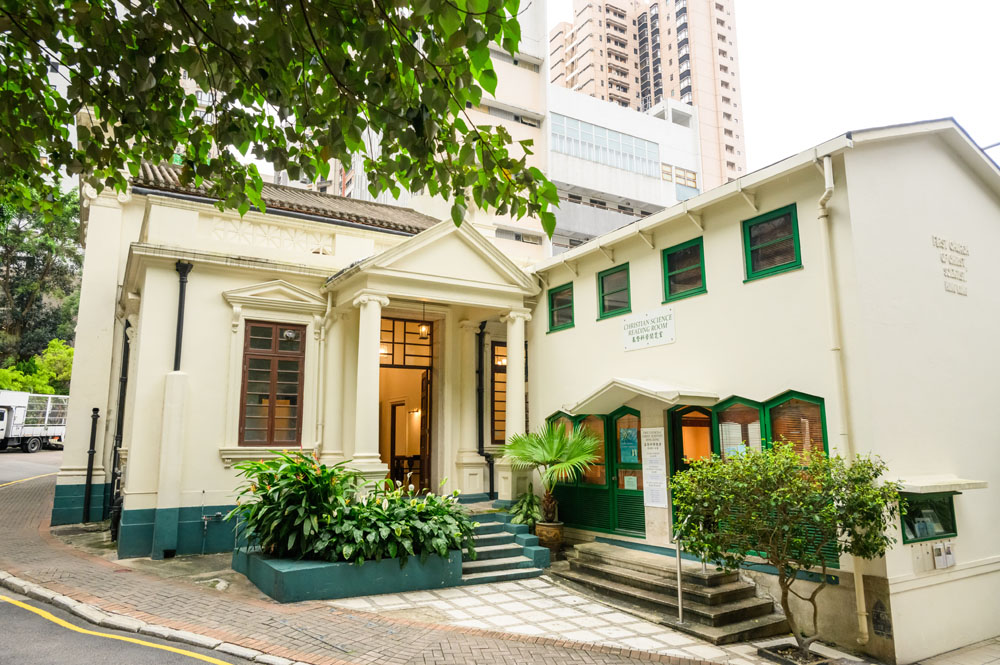
Former French Mission Building
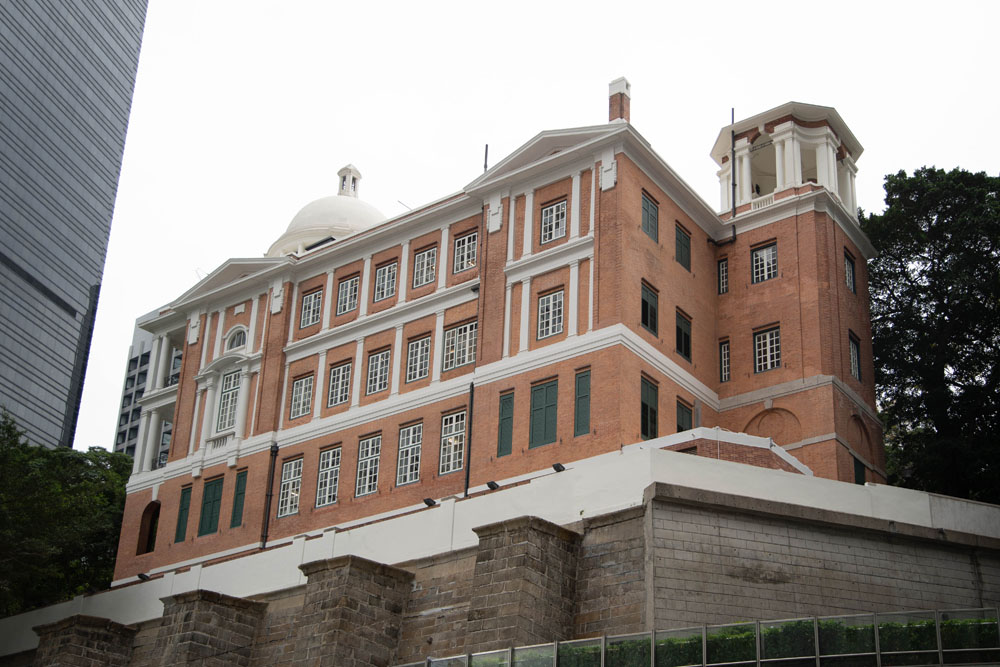
The former French Mission Building was built in 1917 by the French Society of Foreign Missions as its Procure of Hong Kong. The building was used briefly by the Government before Hong Kong fell to the Japanese in 1941. After the Second World War, it was made the temporary headquarters of the Provisional Hong Kong Government. The French Mission and the Hong Kong Government signed a contract for the transaction of the building in 1952. Since 1953, the building was occupied successively by the former Education Department, former Victoria District Court, Supreme Court and Information Services Department. The building housed the Hong Kong Court of Final Appeal between 1997 and 2015 and is now being used by law-related organisations and related purposes.
Photo AlbumAttraction Highlights Monument Information Video: Public Lecture: “A Brief Introduction to the Former French Mission Building”Fringe Club (South Block, Old Dairy Farm Depot)
The Old Dairy Farm Depot was built in 1892 for storing milk produced from the Dairy Farm at Pok Fu Lam. Dairy Farm relocated its head office to this depot building in 1896 and opened its first retail store on the ground floor in 1904. The original depot only comprised about half of the area of the present premises (approximately the area of the south block). Later, it was put under a number of extension and refurbishment works. The depot served as Dairy Farm’s head office until the 1970s. In 1984, the south block was leased to the Fringe Club for arts and cultural purposes. Since then, the site has been used as a venue for exhibitions, performances and cultural events, and is an iconic landmark in Central for arts and cultural exchange between the East and West.
Photo AlbumAttraction Highlights Historic Building Information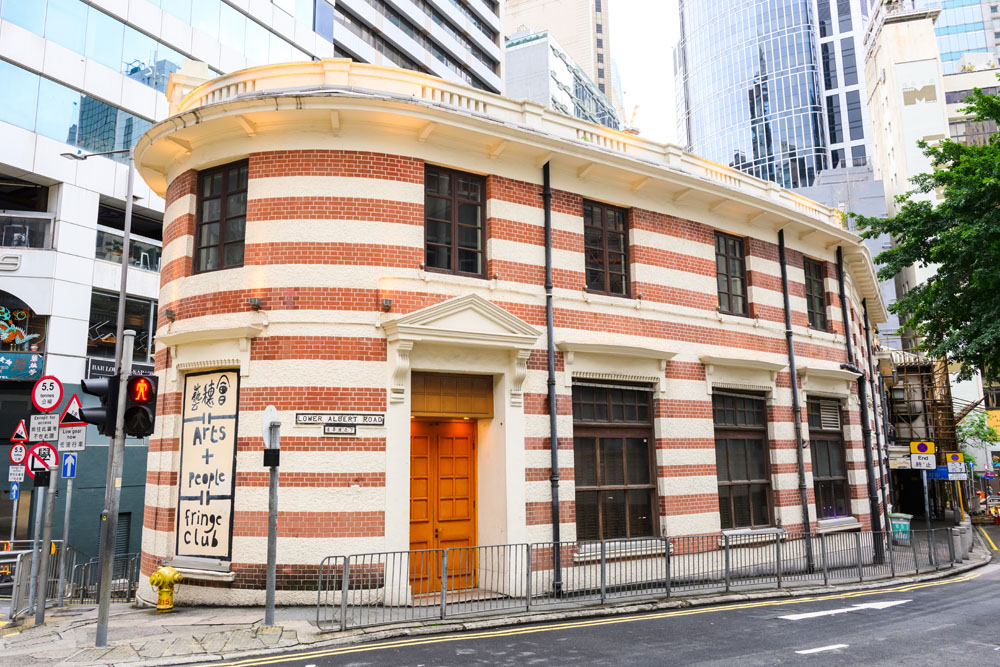
Hindu Temple
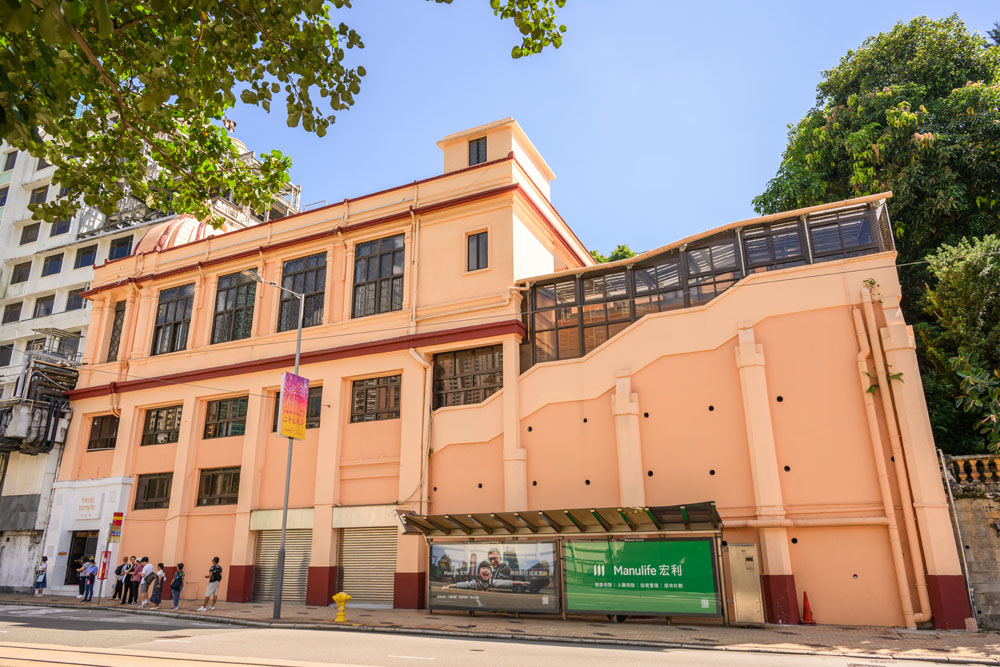
The Hindu Temple in Happy Valley, built in 1953 by the Hindu Association of Hong Kong, is the first Hindu Temple established in Hong Kong. The Temple was built in architectural style with Hindu tradition and influence from the West. Apart from worshipping the deities, it is also a place for the Hindu community to celebrate festivals and hold religious ceremonies. The Hindu Temple is the largest of its kind in Hong Kong and serves as an important religious, cultural and social centre for the Hindu community.
Photo AlbumHistoric Building InformationHKRep Education Hub [Ex-Portuguese Community School (Escola Camões)]
The historic building on No. 7 Cox’s Road, built between 1902 and 1903, was originally a private residence until 1912 when the Government acquired the building and converted it into the Manager’s House of the Kowloon-Canton Railway. In 1928, the building was further converted to accommodate the Kowloon Junior School until its relocation in 1950. The building was later converted to the Portuguese Community School (also known as Escola Camões) in 1954. Operated under the Portuguese Community Education and Welfare Foundation, the School offered kindergarten and primary education services. In 1997, the Foundation returned the school premises to the Government, which then became the Po Leung Kuk Portuguese Community School up to 2012. It survives as a historical corroboration of the presence of the Portuguese community in Hong Kong. The building has been revitalised into the HKRep Education Hub in 2024 for promoting local theatrical art.
Photo AlbumAttraction Highlights Historic Building Information Video 1: HKRep Education HubVideo 2: Public Lecture: “Tracing the Historic Background and Architectural Merits of the Ex-Portuguese Community School (Escola Camões)”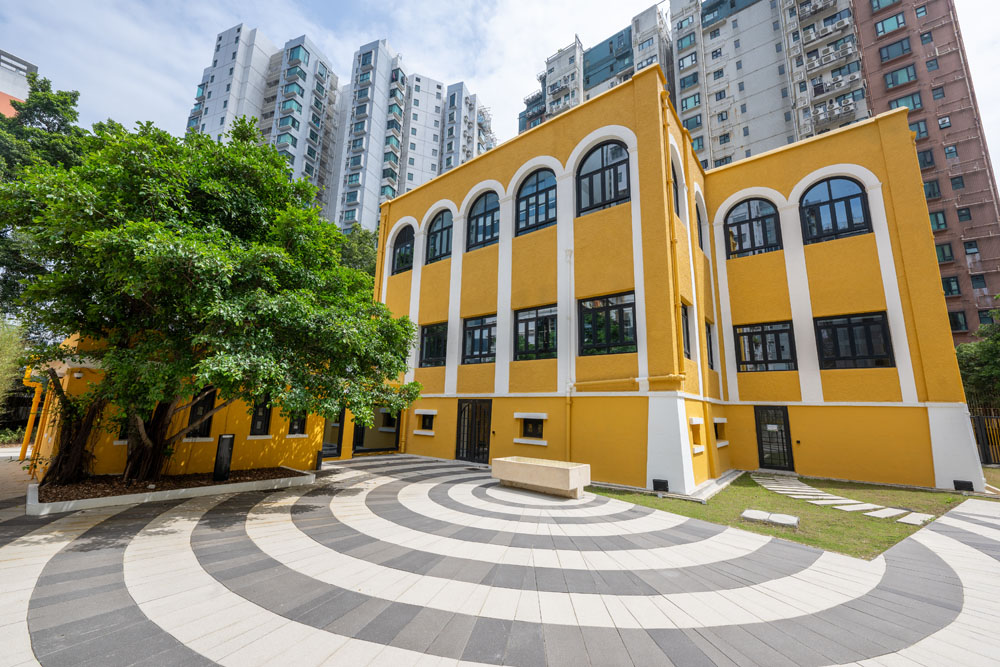
Jamia Mosque
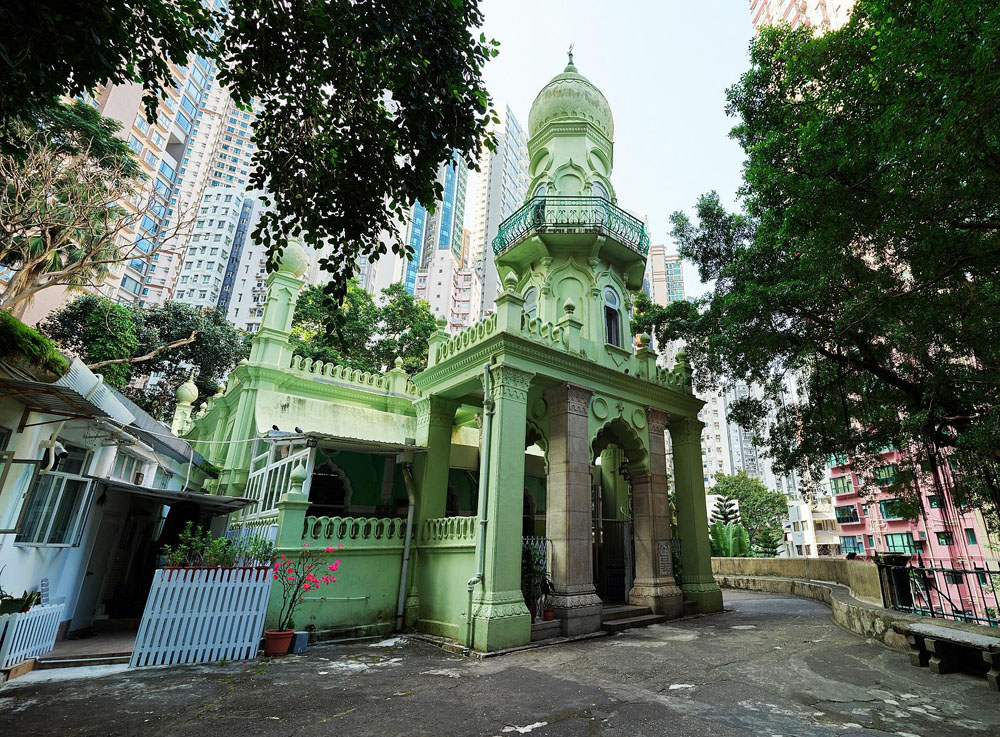
The Jamia Mosque, built between 1915 and 1916 with donations from a Bombay merchant, is the oldest mosque in Hong Kong. It replaced the old mosque built in 1849 on the same site. The old mosque provided a place of worship mainly for the Muslim merchants, sailors, soldiers, policemen and prison guards, etc. coming from the Indian subcontinent. With the growth of the Muslim community in Hong Kong, the old mosque was subsequently demolished and replaced by Jamia Mosque which can accommodate a congregation of around 400 people. Jamia Mosque is of great historical significance as it witnesses the growth of the Muslim community in Hong Kong. It remains as an important place of worship and gathering for the Muslims in the city.
Photo AlbumMonument Information and Virtual Tour Video 1:【Our Heritage, Our Treasure】“Jamia Mosque”Video 2: Public Lecture: “Jamia Mosque and Islamic Belief”Main Building, St. Stephen's Girls’ College
Founded in 1906 by the Church Missionary Society of the Anglican Church of England, St. Stephen's Girls’ College was originally located on Caine Road but moved to its present site on Lyttelton Road in 1923. During the Japanese Occupation, the school was used by the Japanese army as an “Emergency Hospital”. The College was one of the first schools to devote itself to the education of girls in Hong Kong, and some of its students were the first female graduates of The University of Hong Kong. The Main Building of the College is a four-storey structure. Its pitched roof rests on a timber truss system covered with Chinese pan-and-roll tiles. The design concept and layout of this building, which are similar to a traditional Chinese courtyard house, are distinctive.
Photo AlbumAttraction Highlights Monument Information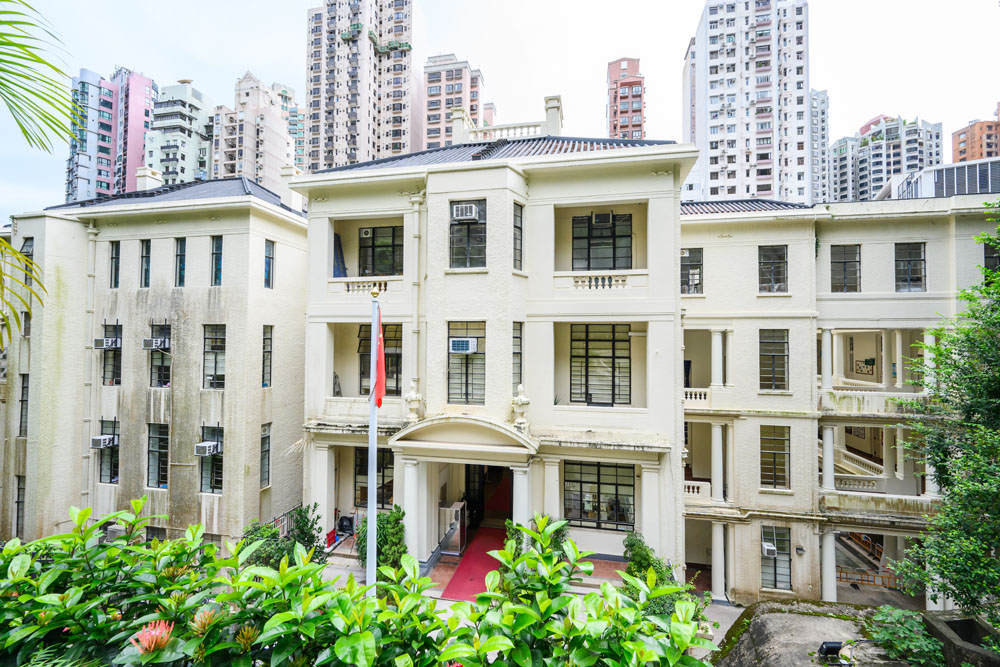
Nos. 88 & 90 Staunton Street
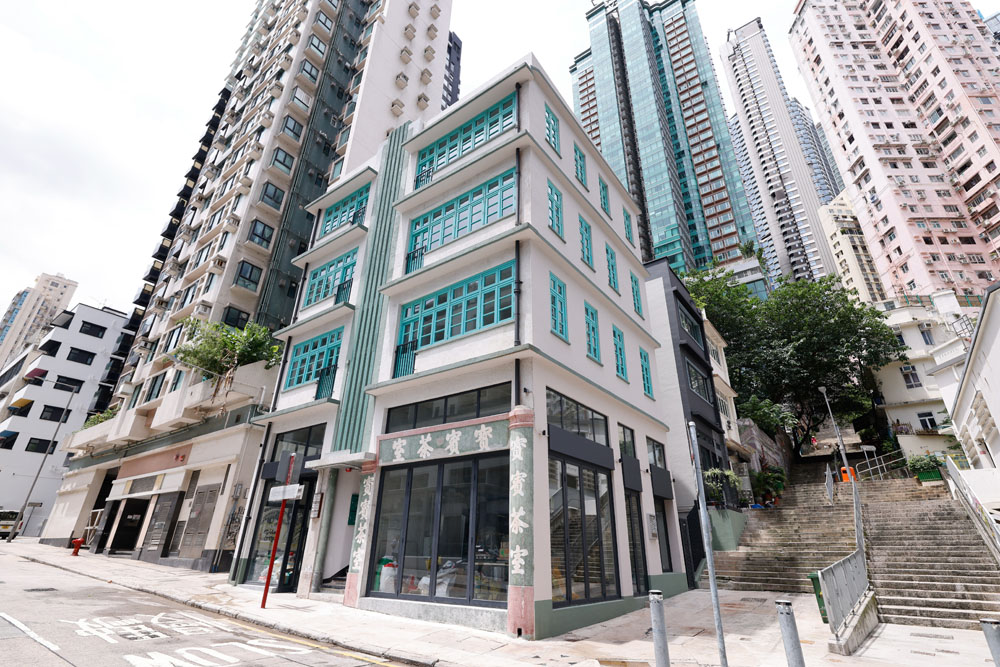
The historic buildings on nos. 88 and 90 Staunton Street were built in 1951, and were one of the tenement buildings of the “30 Houses” community. The street’s landlords were overwhelmingly Europeans. However, in the late 1860s, some landlords were wealthy Chinese merchants. After the Japanese Occupation, the tenement buildings of this area were put under re-construction and were designed by different architects, including Antonio Hermenegildo Basto, the Portuguese architect. It is said that in the early 1950s, the buildings on nos. 88 and 99 were the temporary residences of Chan Kai and Shum Wai-yau, the co-founders of the Overseas Chinese Daily News (1925-1995), and some other units were accommodated by the paper’s staff. Between 1950s and early 2000s, the ground floor of no.90 once housed the Po Pan Teahouse and later the Po Pan Butcher’s Shop.
Photo AlbumHistoric Building InformationOhel Leah Synagogue
Ohel Leah Synagogue was built in 1901. Jacob Elias Sassoon (1843-1916), along with his brothers, donated the land for the Synagogue and funded its construction entirely at his own expense. The Sassoons, of Iraqi-Jewish heritage, dedicated the Synagogue to the memory of their mother, Leah. Sir Matthew Nathan, the only Jewish Governor of Hong Kong, was appointed as the Honorary President of the Ohel Leah Synagogue during the period of his tenure (1904-1907). Dedicated to serving the Hong Kong Jewish community, Ohel Leah Synagogue is the only purpose-built synagogue ever constructed in Hong Kong. In 2000, the Synagogue received the Outstanding Project Award in the UNESCO Asia-Pacific Awards for Cultural Heritage Conservation.
Photo AlbumHistoric Building Information